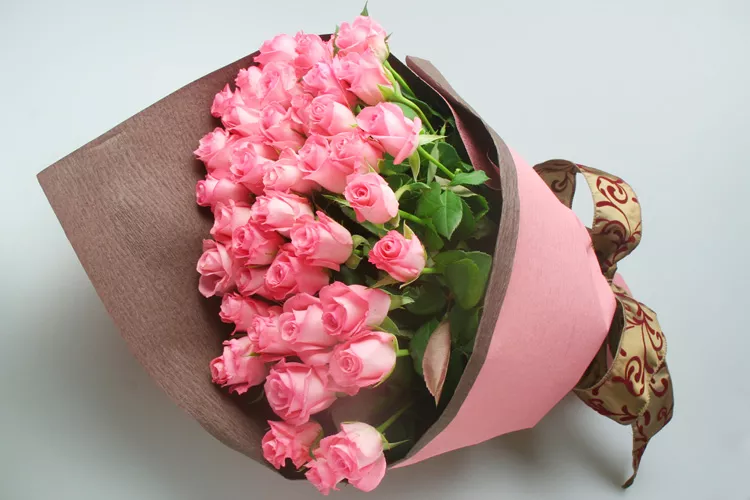Designing your wedding flowers is a beautiful and intricate part of planning your big day. The right flowers can transform your wedding venue into a breathtaking space that reflects your personal style and enhances the overall atmosphere. Here are eight tips to help you design your wedding flowers to perfection.
1. Establish Your Budget
Before you start dreaming about peonies and roses, it’s essential to establish a budget for your wedding flowers. Flowers can be expensive, and costs can quickly add up. Your budget will determine the types of flowers you can afford, the size and number of arrangements, and whether you can hire a professional florist or need to consider DIY options. Be realistic about what you can spend and stick to your budget to avoid any financial stress.
2. Choose a Color Palette
Your wedding color palette will guide many of your decisions, including your choice of flowers. Consider the colors that you and your partner love and how they will complement your wedding theme and venue. For a cohesive look, select two to three main colors and one or two accent colors. This palette will help you narrow down your flower choices and ensure that your arrangements harmonize with other wedding elements like bridesmaids’ dresses, table linens, and decorations.
3. Consider Seasonal Blooms
Seasonal flowers are not only more affordable but also fresher and more readily available. Research the flowers that are in season during your wedding month and consider incorporating them into your designs. For example, spring weddings can feature tulips, daffodils, and cherry blossoms, while autumn weddings can include dahlias, chrysanthemums, and marigolds. Your florist can provide valuable insight into the best seasonal flowers for your wedding date.
See Also: What Flowers Should Not Be in a Wedding Bouquet?
4. Think About Your Venue
The style and setting of your wedding venue should influence your flower choices. For example, a rustic barn wedding might be complemented by wildflowers and greenery, while a grand ballroom might call for elegant roses and orchids. Visit your venue and take note of its architecture, color scheme, and existing decor. This will help you choose flowers and arrangements that enhance the space rather than clash with it.
5. Prioritize Key Floral Elements
While it’s tempting to want flowers everywhere, it’s important to prioritize the key floral elements that will have the most impact. These typically include the bridal bouquet, bridesmaids’ bouquets, boutonnieres, ceremony altar arrangements, and reception centerpieces. Focusing on these key pieces allows you to allocate your budget effectively and ensures that the most important areas of your wedding are beautifully adorned.
6. Personalize Your Arrangements
Your wedding flowers should reflect your personality and story as a couple. Think about incorporating meaningful elements such as your favorite flowers, colors that have special significance, or blooms that evoke memories of your relationship. You can also personalize your arrangements with unique touches like ribbons, brooches, or family heirlooms. These details will make your flowers feel truly special and unique to your wedding.
7. Consult a Professional Florist
Even if you have a clear vision for your wedding flowers, consulting a professional florist can be invaluable. Florists have the expertise to bring your ideas to life and can offer suggestions that you might not have considered. They can also handle the logistics of sourcing, arranging, and transporting your flowers, ensuring that everything looks perfect on your wedding day. When choosing a florist, look at their portfolio, read reviews, and have a detailed consultation to ensure they understand your vision and budget.
8. Plan for Preservation
If you want to preserve your wedding flowers as a keepsake, plan for it in advance. There are several methods for preserving flowers, including drying, pressing, or having them professionally preserved in resin or shadow boxes. Talk to your florist about which flowers preserve well and how to handle them after the wedding to maintain their beauty. Preserved flowers can be a lovely reminder of your special day and a cherished memento for years to come.
Conclusion
Designing your wedding flowers is an exciting part of the planning process that allows you to express your style and creativity. By establishing a budget, choosing a color palette, considering seasonal blooms, and consulting a professional florist, you can create stunning floral arrangements that enhance your wedding day. Remember to prioritize key floral elements, personalize your arrangements, and plan for preservation to make your wedding flowers truly special. With these tips, you’ll be well on your way to designing the perfect wedding flowers that will make your celebration unforgettable.


